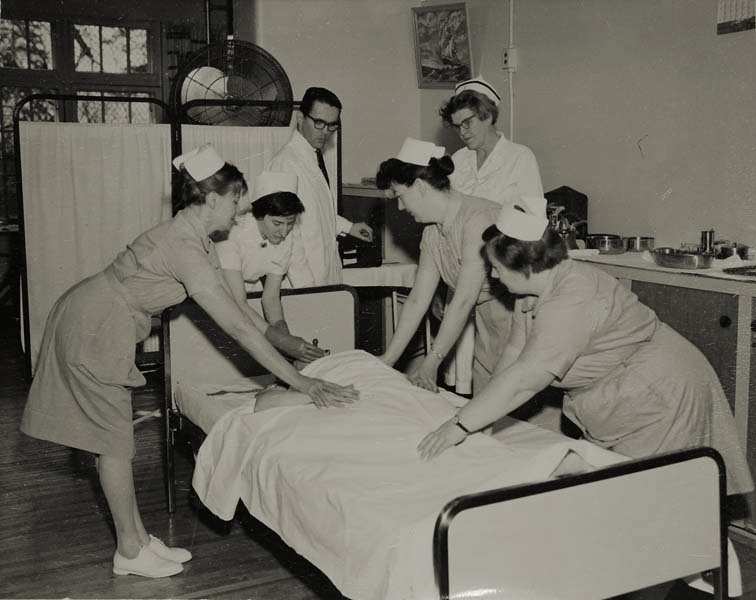
The Future of Leadership
December 1, 2014
Electroconvulsive Therapy – More than a shocking treatment?
December 21, 2014What is Anhedonia?
Anhedonia is the inability to experience pleasure in daily activities for any significant period of time. Anhedonia is one of the two core symptoms of human depression and has also been implicated in schizophrenia. The concept of anhedonia was discovered as early as the 1890’s. In fact the term anhedonia was introduced and coined by T. Ribot, a French psychologist, in 1896. Quoting from an English translation of his work he wrote: “Anhedonia, if I may coin a counter-designation to analgesia, has been very little studied but it exists. I need not say that the employment of anaesthetics suppresses at the same time pain and its contrary but there are cases of insensibility to pleasure alone....Apart from cases of profound melancholy, where the individual is untouched by the slightest impulse of joy, there are cases of anhedonia which seem simpler and clearer. Antoine Cros mentions a case of a young girl suffering from congestion of the liver and spleen which, of course altered the state of her blood and thus for a time modified her constitution. Her moral character was greatly altered. She ceased to feel any affection for her father and mother. She would play with her doll but could not be brought to show any delight in it. She could not be drawn out of her apathetic sadness. Things which previously made her shriek with laughter now left her uninterested. Her temper changed, becoming capricious and violent” [Ribot 1896].
Not only a Symptom of Depression
After its coinage by Ribot in 1896, anhedonia went by largely unnoticed until the 1980’s, due to the more obvious symptoms of depression, which include low mood, poor concentration, tiredness, disturbed appetite and sleep, feelings of guilt and suicidal thoughts. However, a number of studies were actually carried out during the early part of the 20th century. The German psychiatrist, Emil Kraepelin, considered by many as the father of psychiatry, spoke about anhedonia as the fundamental symptom characterizing Dementia Praecox (known today as schizophrenia): "The patients become characteristically indifferent in relationships which they once enjoyed, in showing affections for relatives and friends and loose their sense of satisfaction in their jobs and vocations, recreational activities and times of pleasure. These are all primary symptoms characteristic of this pathology” [Kraepelin 1913].
Like Kraepelin, Eugen Bleuler, noticing a sense of indifference that some patients exhibited towards their friends, acquaintances, colleagues and life itself, defined anhedonia as one of the basic characteristic of their schizophrenic condition: "an external sign of their pathological state" [Bleuler 1911].
Anhedonia - a contemporary approach
Almost a century later, anhedonia is not only recognized as a possible symptom of schizophrenia, but also a symptom of many sub groups of psychological and psychiatric disorders. Anhedonia has since been introduced as one of the main symptoms of major depression in DSM-III and DSM-IV. However, anhedonia cannot only be classified under depression, as it is present in a wide range of other conditions. In fact, a significant degree of anhedonia was found in over 50% of patients with psychiatric disorders [Silverstone 1981]. Thus anhedonia, as noted by Ettenberg, has become known as a complex condition, usually present in depression, schizophrenia and a plateau of other conditions [Ettenberg 1993]. Moreover, it has been hypothesized that anhedonia also has a negative reinforcement role during periods of abstinence after repeated drug abuse, due to an imbalance in the levels of the neurotransmitter dopamine [Koob et al. 1997].
Within a neurological context, there have also been references to the presence of anhedonia in Parkinson Disease. This has lead Bernazohn and Siris to hypothesize the existence of Parkinson Disease as a neuro-psychiatric syndrome [Bermazhon et al. 1992]. This syndrome would include akinesia, anhedonia and cognitive conditions, with references to the dopaminergic turnover in basal ganglia, as later described in Willner’s models.
Anhedonia has been interpreted in a number of different ways. Some, like Klein, consider it to be a condition or illness, while others, like Ljungberg, consider it to be a characteristic trait of someone’s personality [Ljungberg et al. 1992]. However the latter definition seems rather contradictory when one analyses most of data collected about anhedonia [Argyropoulos et al. 1997]. It is therefore unusual to consider the inability to experience pleasure, in which patients show a complete loss of interest as already shown by Kraepelin, to be a predisposed characteristic or trait in a person rather than a pathological condition. Thus anhedonia is best described as a complex condition or syndrome belonging to a vast range of pathologies or, better still, can be considered as a pathology in itself, which can remain constant or may evolve, as are the pathologies of depression and schizophrenia. Something that can help in understanding both the complexity and variability of anhedonia is the fact that the inability to experience pleasure is represented as a loss in satisfying desire due to a loss in desire itself. In other words, such patients are incapable of experiencing pleasure due to their inability to feel desire.
Within a neurological context, there have also been references to the presence of anhedonia in Parkinson Disease. This has lead Bernazohn and Siris to hypothesize the existence of Parkinson Disease as a neuro-psychiatric syndrome [Bermazhon et al. 1992]. This syndrome would include akinesia, anhedonia and cognitive conditions, with references to the dopaminergic turnover in basal ganglia, as later described in Willner’s models.
As Willner explains in his experimental models, anhedonia is a chronic condition and during it diagnosis must not be mistakenly confused with ordinary and temporary difficulties and situations in the life of the patient, such as the loss of a loved one. This temporary depressed state does not belong to any psychopathological condition, as the patient should be able to react and in time bring themselves to terms with such situations. However if this does not happen, and the patient seems to be unable to overcome the problem, then one can start speaking of the emergence of anhedonia.

